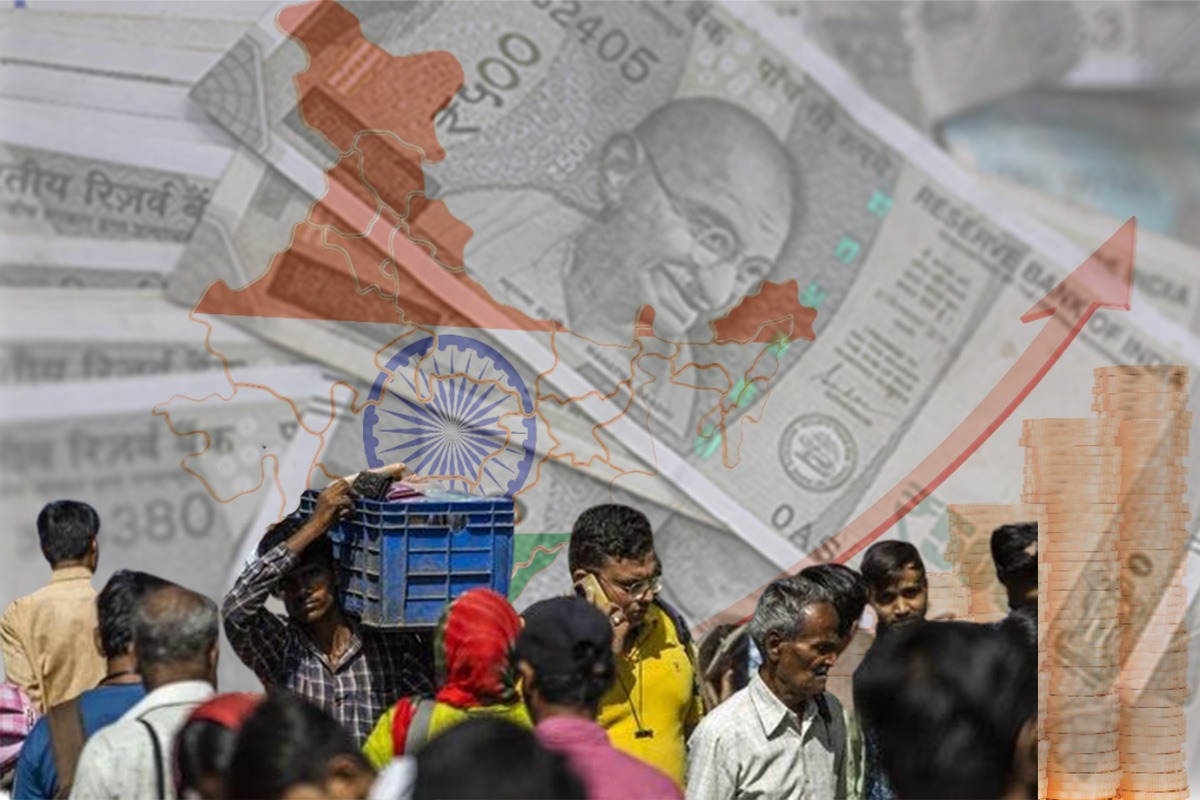India’s transformative strides in alleviating multidimensional poverty have received well-deserved recognition in a recent discussion paper from Niti Aayog. This comprehensive analysis delves into the achievements of the Modi government during the first nine years of its tenure, spanning from 2013-14 to 2022-23, shedding light on a remarkable feat in lifting almost a quarter of a billion people out of poverty.
At the heart of this evaluation lies a nuanced understanding of poverty through the lens of multidimensionality. Beyond the conventional income-centric metrics, the paper employs the National Multidimensional Poverty Index (MPI) constructed by Niti Aayog, leveraging the Alkire Foster methodology. This approach offers a holistic perspective, recognizing poverty as a complex issue with various facets. The MPI factors in elements such as health, education, and standard of living, providing a more realistic gauge of societal well-being.
The statistics presented in the paper reveal a striking reduction in India’s multidimensional poverty rate from 29.17% in 2013-14 to 11.28% in 2022-23. This substantial decline of 17.89 percentage points translates into the uplifting of nearly 248 million individuals from the clutches of deprivation. What makes this accomplishment even more noteworthy is the backdrop against which it occurs – India, home to the largest number of impoverished individuals globally, facing challenges like population growth, climate change, and pervasive social inequalities.
Digging deeper into the regional dynamics, the study points out that the majority of these poverty reduction gains were concentrated in Hindi-speaking states, traditionally characterized by higher poverty rates. Uttar Pradesh, an exemplar in this regard, emerged at the forefront, with an estimated 50.94 million people witnessing an escape from dire living conditions. This spatial variation indicates the efficacy of the Modi government’s policies in reaching the most disadvantaged and marginalized segments of society while simultaneously addressing regional disparities in development.
Furthermore, the paper projects a promising trajectory, suggesting that India is on course to achieve its target of halving multidimensional poverty well before the 2030 deadline outlined in the Sustainable Development Goals (SDGs). This optimistic outlook reflects India’s concerted efforts to reduce poverty across various dimensions, including health, education, and standard of living – crucial elements for the overall well-being and quality of life of its people.
India’s success in reducing multidimensional poverty stands as a testament to the vision and leadership of the Modi government. Poverty alleviation has been accorded top priority, manifesting in the launch of several flagship schemes and initiatives. Programs such as the Pradhan Mantri Jan Dhan Yojana, Pradhan Mantri Ujjwala Yojana, Pradhan Mantri Awas Yojana, Pradhan Mantri Gram Sadak Yojana, Pradhan Mantri Kisan Samman Nidhi, and Ayushman Bharat aim to provide financial inclusion, clean energy, affordable housing, rural connectivity, income support, and universal health coverage to the underprivileged.
Moreover, the government has spearheaded reforms to boost economic growth, create employment opportunities, and enhance governance and transparency. India’s achievement in reducing multidimensional poverty not only brings pride to the nation but also positions it as a responsible global partner actively contributing to the broader efforts to eradicate poverty and foster sustainable development. This success echoes the aspirations of a ‘new India,’ where every citizen has access to the necessities and opportunities for a dignified and prosperous life. It exemplifies India’s commitment to being a global force for positive change.

